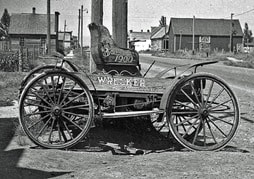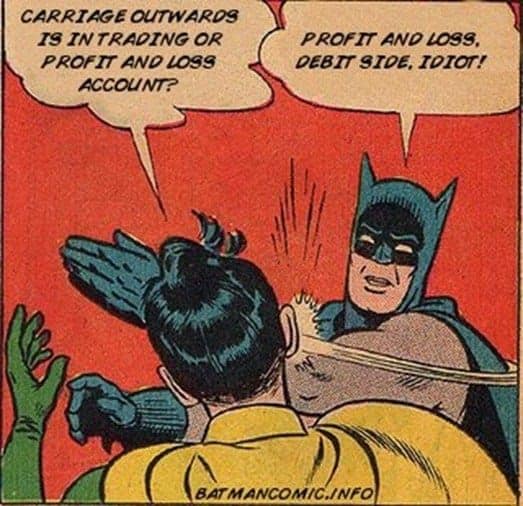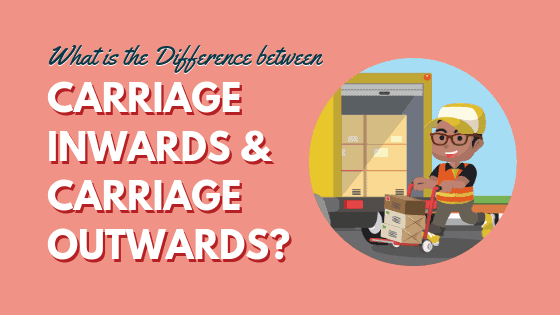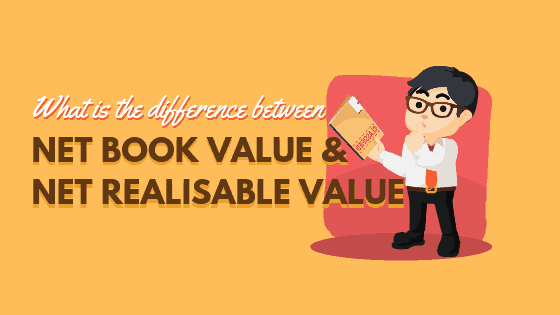Difference between Carriage Inwards and Carriage Outwards?

Carriage refers to the costs of transporting goods to and from the firm. In the past, the purchase of goods would often result in two charges – the cost of the goods purchased and the cost of having them delivered to the business premises.
From the buyer’s point of view, the delivery charge would he referred to as “carriage inwards”. Any such carriage charges should be debited to the carriage inwards account in the general ledger.
The carriage inwards account is written off to the trading account at the end of the accounting period.
When the buyer sells the goods to his customer, he incurs further delivery charges. This cost is referred to as ‘carriage outwards”. This costs are debited to the carriage outwards account in the general ledger.
Any carriage outwards charges are usually included in an item called ‘selling and distribution costs”. Since this cost is incurred after the goods have been made ready for sale, the account is written off to the profit and loss account at the end of the accounting period.
Each type of carriage will be an expense and therefore will have a debit balance in the trial balance. However, these will appear in different sections of the trading and profit and loss account.
Accounting Treatment of Carriage Inwards and Carriage Outwards

Journal Entry for Carriage Inwards:
Debit Carriage Inwards
Credit Bank
Journal Entry for Carriage Outwards:
Debit Carriage Outwards
Credit Bank
Treatment in Trading, Profit and Loss Accounts:
| Carriage inwards | Trading account expense |
| Carriage outwards | Profit & loss account expense |
Summary:
Carriage inwards is connected with the cost of getting goods into the business and ready for sale. As a result, it will be added on in the calculation for the cost of goods sold. Carriage outwards does not have anything to do with the cost of getting goods into saleable condition. Therefore it will appear with all the other overhead expenses and the profit and loss account.
For students taking the GCE O/N Level exams, this journal entry is covered under inventory – the cost of purchase. The amount for carriage inwards goes to the inventory value. Therefore, the journal entries for this is
Dr Inventory
Cr Trade payable
—
Good to know:
Nowadays, the price quoted for goods being purchased will usually be inclusive of any delivery charge, and so a separate charge for carriage inwards (or outwards) is not very common. In cases where separate carriage inwards charges are incurred, the cost should be added on to the cost of purchases in the trading account. Consequently, a proportion of carriage inwards charges should be added to the purchase cost when determining the cost of closing stock.
Image courtesy of dok1 and Batman Comic Generator






